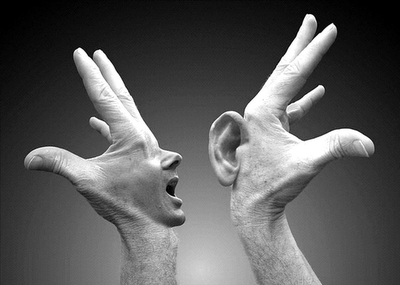
Though gender and perceptions of masculinity/femininity are known factors influencing various aspects of social interaction including power differentials and social appraisals (Eagly 1987 Maccoby, 1990 Rudman and Glick 2008 Ridgeway 2008), little is known about respective gender differences in the voice hearing experience. 2015) and that power differentials between voice and voice hearer play a substantial role in the compliance with command hallucinations (Barrowcliff and Haddock 2006 Reynolds and Scragg 2010). Furthermore, seminal research has highlighted that affective responses to voices such as anxiety, distress, and depressive symptoms are strongly influenced by the voice hearers’ appraisals of the voice (Sorrell et al. 2011 Paulik 2012 Robson and Mason 2015 McCarthy-Jones et al. In recent years, scientists have come to conceptualize voice hearing under an interrelational framework that views the interaction between voice and voice hearer as reciprocal and resembling “real-life interactions” in a number of key characteristics such as social complexity, attachment style, effects of social rank, subordination, and perceptions of power (Benjamin 1989 Birchwood et al. 2013) as well as a substantial risk factor for suicidal or otherwise harmful behavior in many affected individuals (DeVylder and Hilimire 2015 Fujita et al. Verbal auditory hallucinations (VAH) are a core symptom of schizophrenia spectrum disorders and constitute a major source of disease-related distress (Badcock et al.

Due to possible favorable effects on clinical outcomes, therapeutic concepts that strengthen instrumental/agentic traits could be a feasible target for psychotherapeutic interventions in voice hearing, especially in women. The gender of both voice and voice hearer shapes the voice hearing experience in manifold ways. These positive effects seem to be more pronounced in women. Regarding voice appraisals, high levels of traits associated with masculinity (=instrumentality/agency) correlated with favorable voice appraisals and balanced power perceptions between voice and voice hearer. Command hallucinations that encouraged participants to harm others were predominantly male. Although basic phenomenological characteristics of voices were similar in both genders, women showed greater amounts of distress caused by the voices and reported a persistence of voices for longer time periods.


Men heard significantly more male than female dominant voices, while the gender ratio of dominant voices was balanced in women. Additionally, the voice hearers’ individual masculine/feminine traits were recorded. One hundred seventeen participants with a schizophrenia spectrum disorder took part in a semi-structured interview about the phenomenology of their voices and completed standardized self-rating questionnaires on their beliefs about their most dominant male and female voices and the power differentials in their respective voice-voice hearer interactions. Voice hearing has been conceptualized as an interrelational framework, where the interaction between voice and voice hearer is reciprocal and resembles “real-life interpersonal interactions.” Although gender influences social functioning in “real-life situations,” little is known about respective effects of gender in the voice hearing experience.


 0 kommentar(er)
0 kommentar(er)
